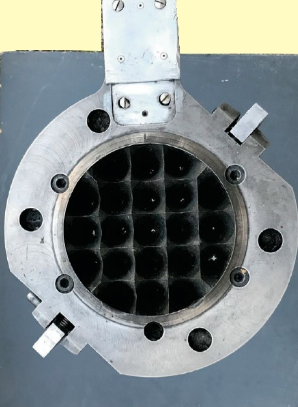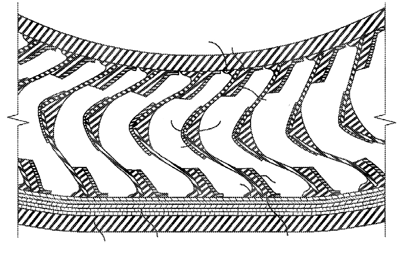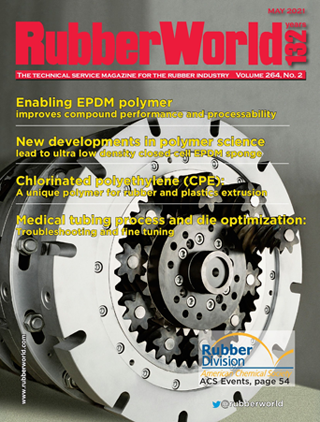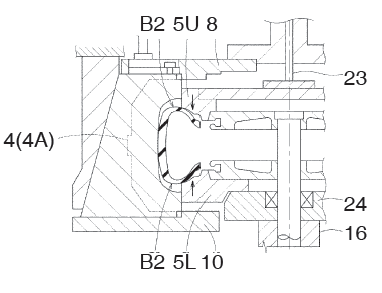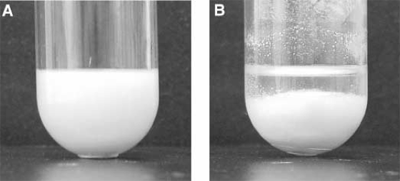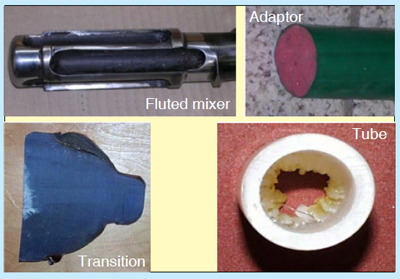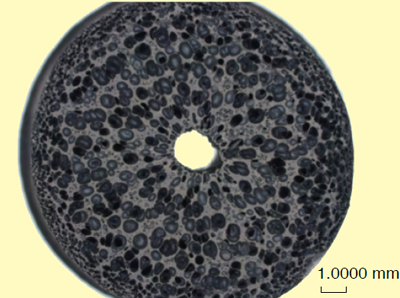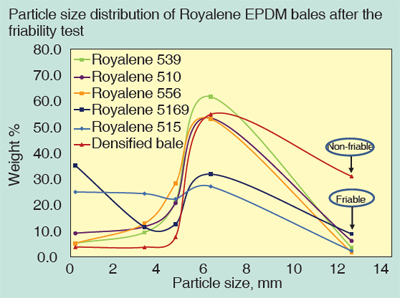Extrusion process for high consistency silicone rubber: A brief overview
components. In the medical technology, automotive and food industries, silicone rubbers are often used as media carrying components in the form of hoses or profiles. All applications have in common that high demands are placed on the material, as well as on the geometric dimensions, and thus on the manufacturing process.
Read More
